
Drone Regulations and Operations Manual
Nordic Unmanned AS offers drone related consulting services related to Concept of Operations (CONOPS) and Specific Operations Risk Assessment (SORA).
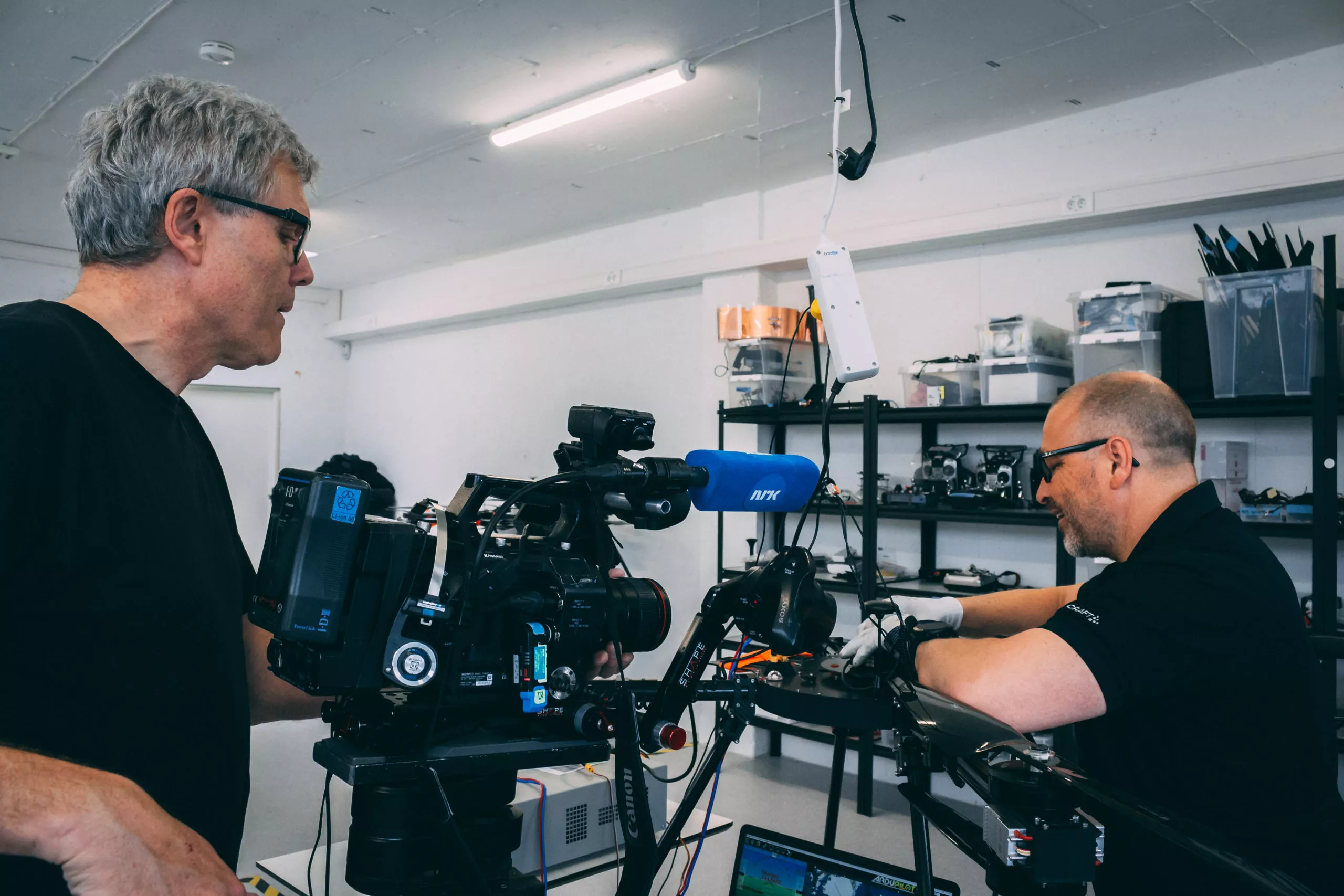
Certified RPAS operator
Nordic Unmanned AS is a certified RPAS operator in Norway. Our certificate covers operations within Visual Line of Sight (VLOS) and Beyond Visual Line of Sight (BVLOS) for all the RPAS systems in our portfolio. The maximal take-off weight ranges from 2kg up to 235 kg for rotary wings and fixed wings RPAS.
In April 2021, Nordic Unmanned received the Light UAS Operator Certificate (LUC), from the Norwegian Civil Aviation Authority. The certificate allows Nordic Unmanned to deploy its entire fleet of eight different Unmanned Aerial System (UAS) models for beyond visual line of sight (BVLOS) flights in all EASA member countries by self-approving its operations and leveraging simplified declaration procedures across all European countries. This certificate covers our whole fleet of 8 systems
Our activities are covered by adequate insurance policies for all the locations we operate from at all times.
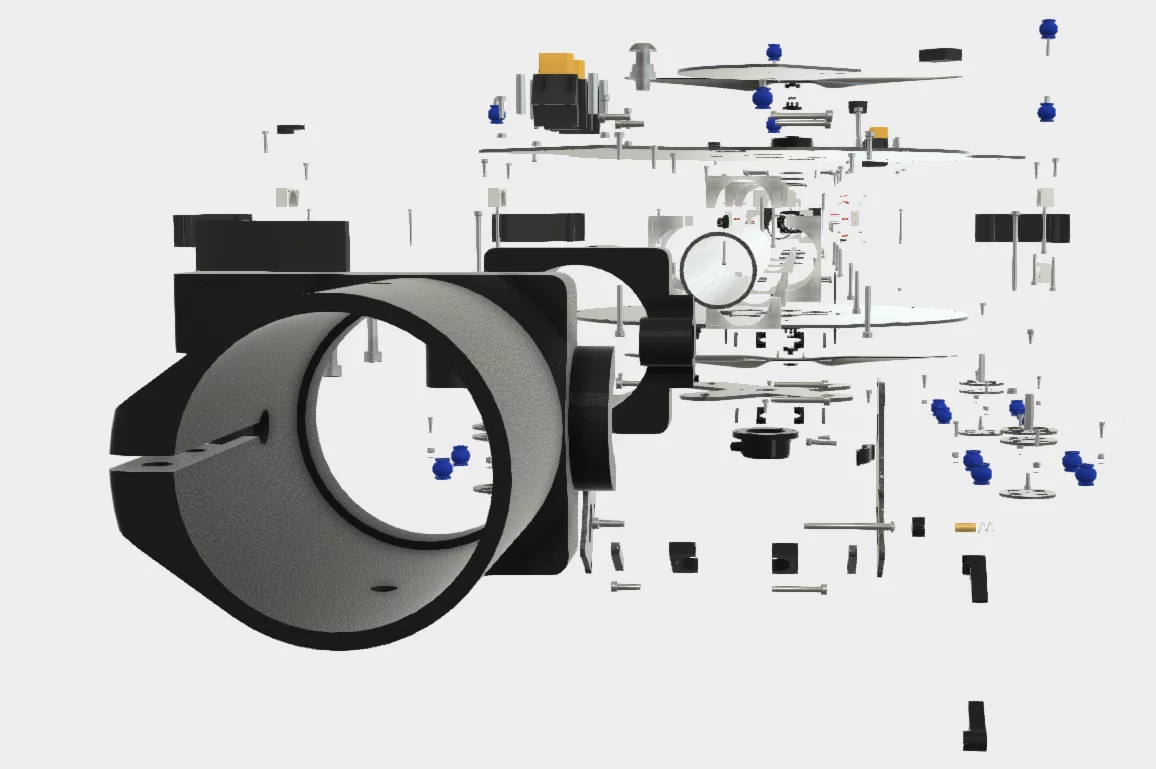
We implement the latest rules and regulations
RPAS are considered as aircraft under the ICAO rules. ICAO is the International Civil Aviation Organisation and is part of the United Nations. Manned aviation has been the initial driver to establish rules for aircraft, pilots, communications, rules to fly under visual and instrument conditions, certification and operations in different situations to ensure the safety of all users, infrastructure and reduce risks in the air and on the ground.
The same organization is amending the different conventions and rules in order to accommodate the safe operation of RPAS in the different types of airspace, being urban or over water. Those changes are progressively adopted by the member countries and Nordic Unmanned is committed to implement them to be at the leading edge of the industry operators.
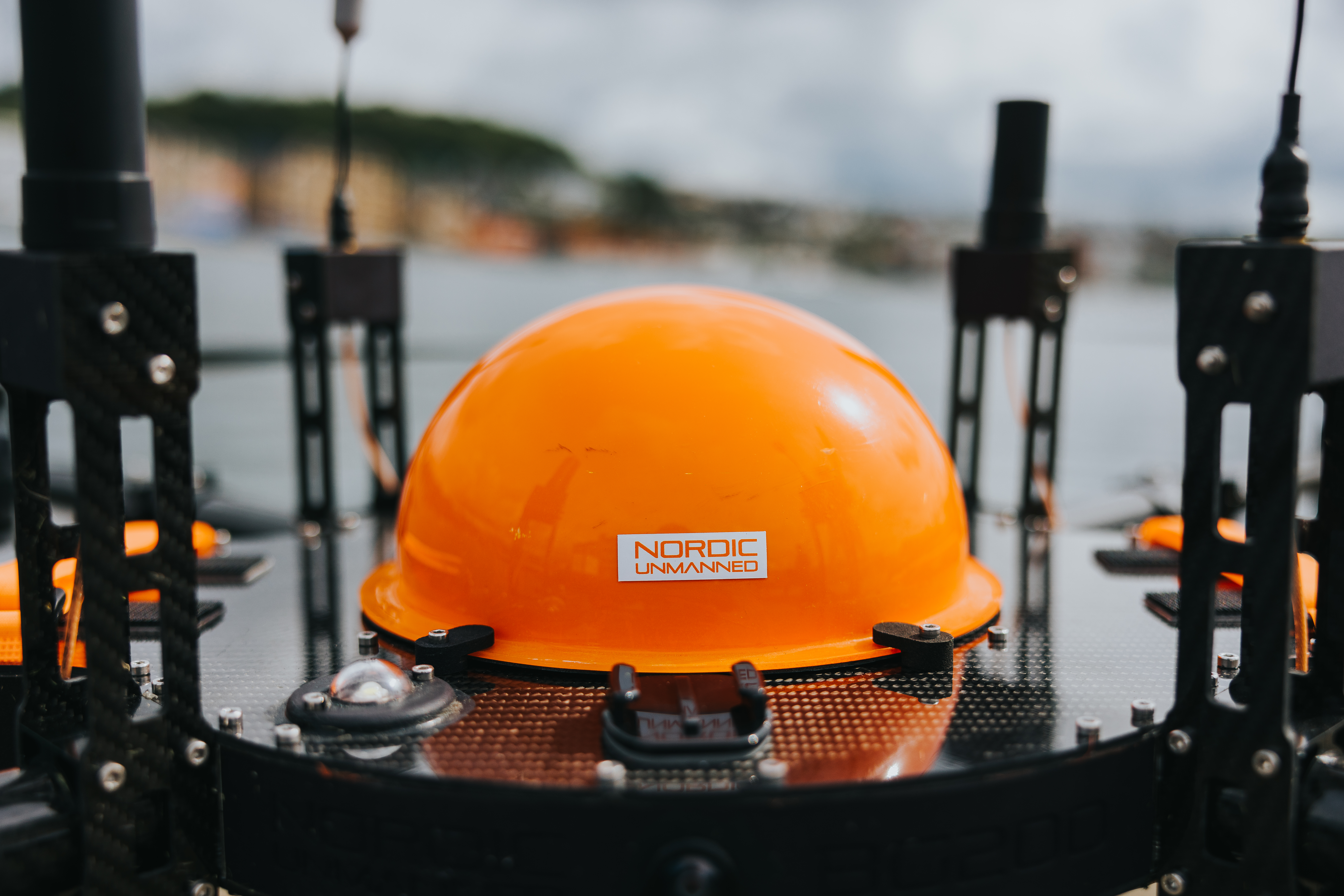
Our framework ensures the highest level of safety
Nordic Unmanned is using commercial air transport operations as a management framework. Our approved Operation Manuals follow a similar structure as airlines and are the basis for the planning and execution of all our activities. The rules and regulations laid down in the company manual and safety rules do not overrule any state law or the instructions of the RPAS manufacturer to ensure the highest safety of all our operations.
Our experience in operating RPAS in VLOS and BVLOS of different types and in different countries in Europe gives us a definite advantage in dealing with different types of regulations in a wide variety of airspace types, controlled or not, under civilian or military rules.

Building missions profiles to mitigate risks
Our team is regularly building mission profiles, CONOPS (Concept of operations) documents and SORA (Specific operations risk assessments) in order to have professional exchanges with CAA (Civil Aviation Authorities and other stakeholders in order to identify and mitigate different types of risks.
In all cases, it is important to understand not only the existing regulation for the planned missions but also the interpretation and specific requirements. of the different stakeholders. In many cases, the regulation for commercial RPAS operations, especially in BVLOS situations, is still unclear or open to very specific requirements from the different authorities, sometimes changing from region to region in the same country.

Elements to address
During those discussions, leveraging the CONOPS and risk assessment documents we prepare, we will need to address different elements with the different authorities:
1. RPAS (UAV, ground station, radio links) performance, limitations, reliability, behaviour in normal and abnormal situations including a Detect And Avoid approach that will satisfy the safety objectives within the considered airspace during the missions.
2. Radio links frequency coordination: we will need to make sure the appropriate frequencies will be available, coordinated according to the applicable ITU rules, if required.
3. Pilots and staff qualification / certification: We document the qualification of our staff for the planned missions in regards to competency and
4. Airspace coordination: We work closely with the airspace responsible organisations to make sure we can safely fly.
5. Safety: In all our preparation, discussions, execution work, safety will remain the upmost important dimension considered. No compromise will be made that could jeopardize that element. We have a strong safety culture implemented and conduct regular risk and hazard review exercises for our operations. The results of those evaluations are also shared with the CAA where we operate to keep an open and transparent communication culture. We will proceed with the same approach with this project.
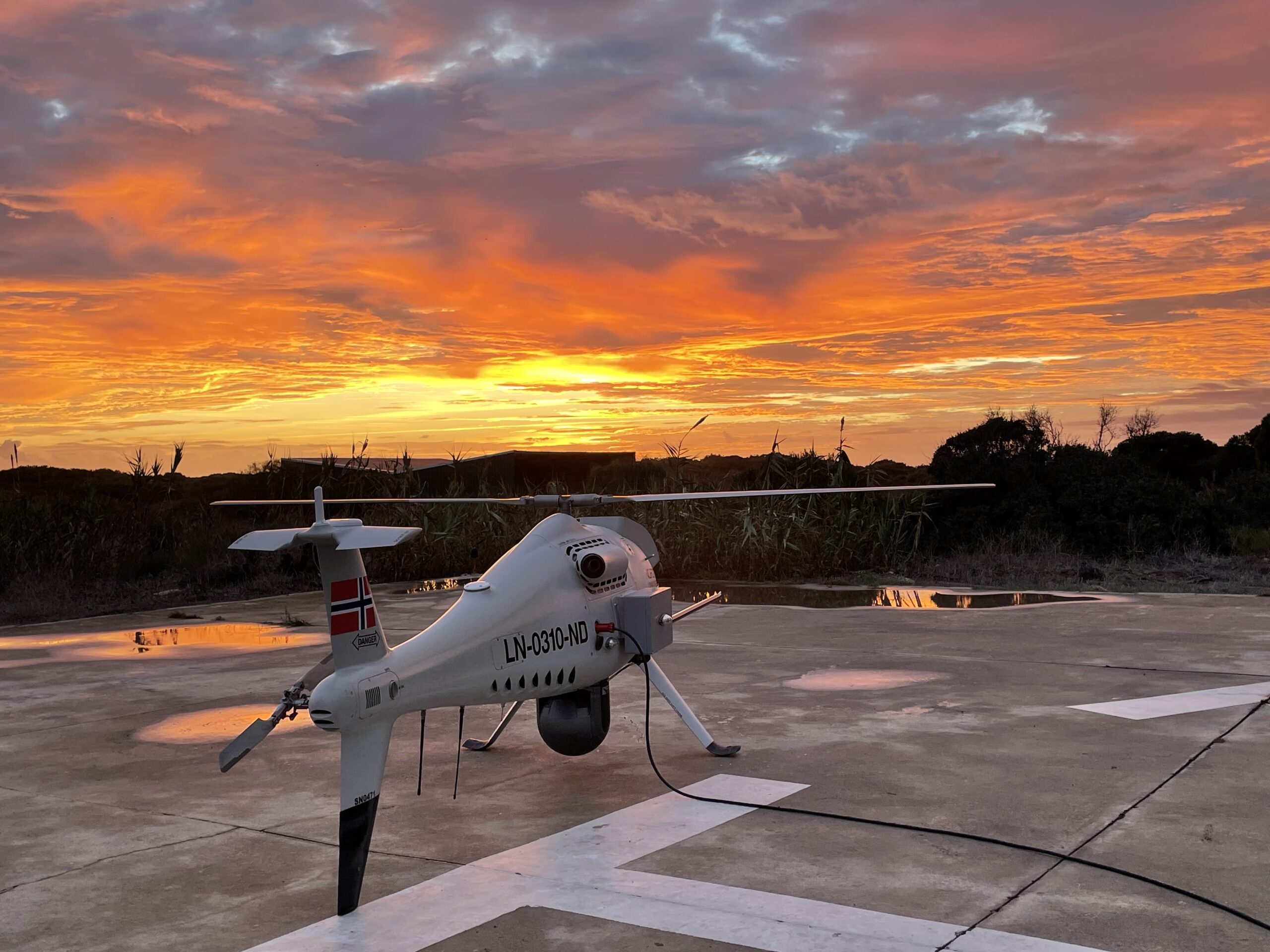
Operational manual
Does your company need support with creating or maintaining an operation manual?
Nordic Unmanned wants to use our experience to improve your UAS operations. We follow all the applicable rules and regulations from the aviation environment, together with operational experience and risk understanding from both the aviation and oil industries.
Nordic Unmanned AS is a certified ISO9001-2015 company and has our own company operational manual that follows the rules and regulations for unmanned aircraft. The Operational Manual forms part of the Nordic Unmanned AS’ quality system.
It shall be the purpose of the personnel of the Nordic Unmanned AS team who are trained in the use of the unmanned aerial system (UAS), to use this resource for aviation business. Operations are not limited to commercial activities, but also in relation to the governmental authorities and public entities within their remit and then under their agency’s legal responsibility.
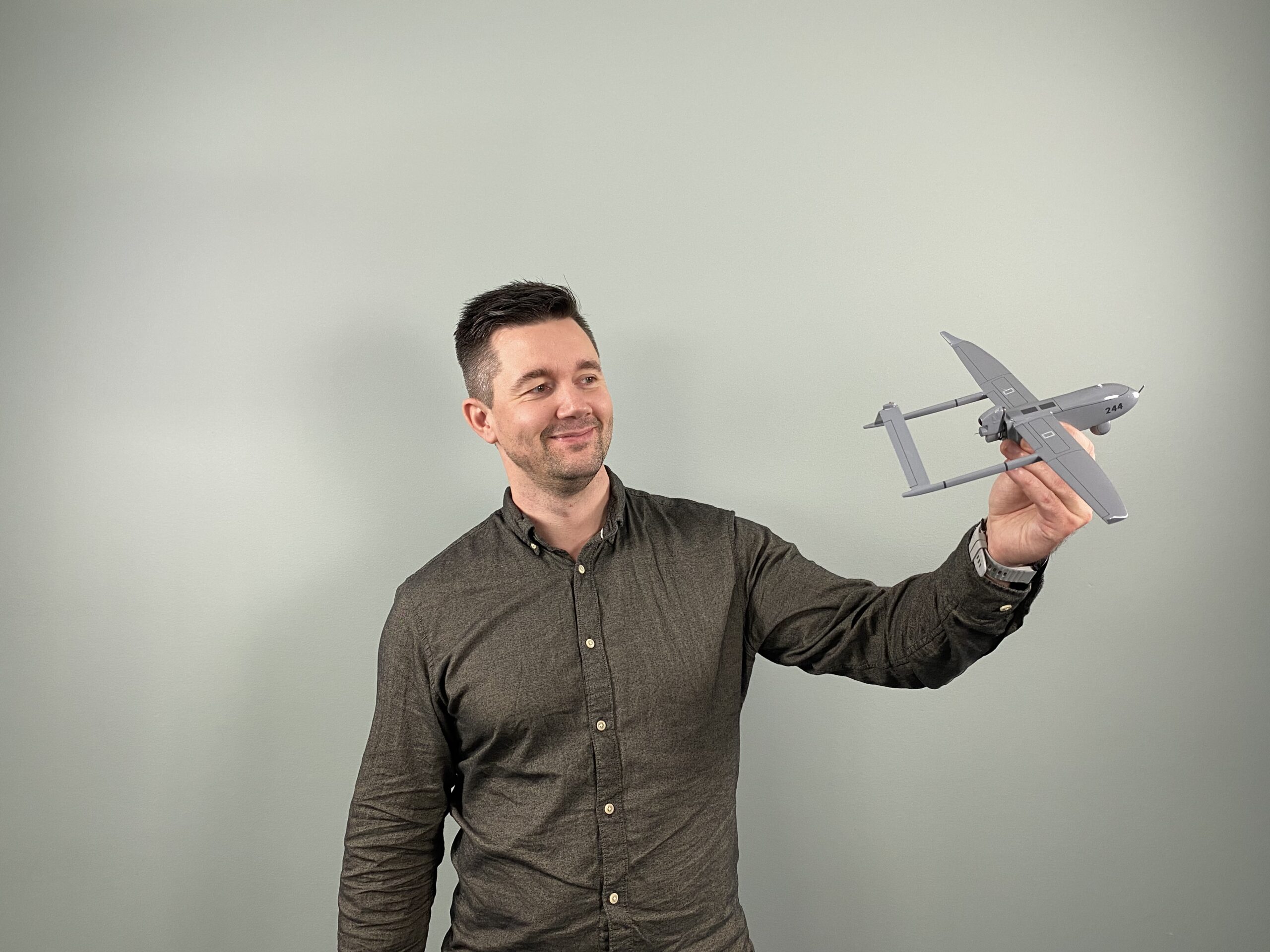
Breakdown of the manual
The manual is sub-divided into the following parts:
Part A: Instructions and guidance regarding all flight operations conducted by the company regardless of RPAS type.
Part B: RPAS type operating procedures and requirements. This part will refer to, and sometimes duplicate, information in the RPAS flight manual. Part B also incorporates any company-imposed restrictions or limitations with regard to the RPAS type.
Part C: Flight guide. This part is composed mainly of detailed operation. It will be tailored to suit particular types of operations and areas of operation.
Part D: Training manual This contains the company’s training requirements for all flying staff.
Part E: This manual is a maintenance and technical manual.